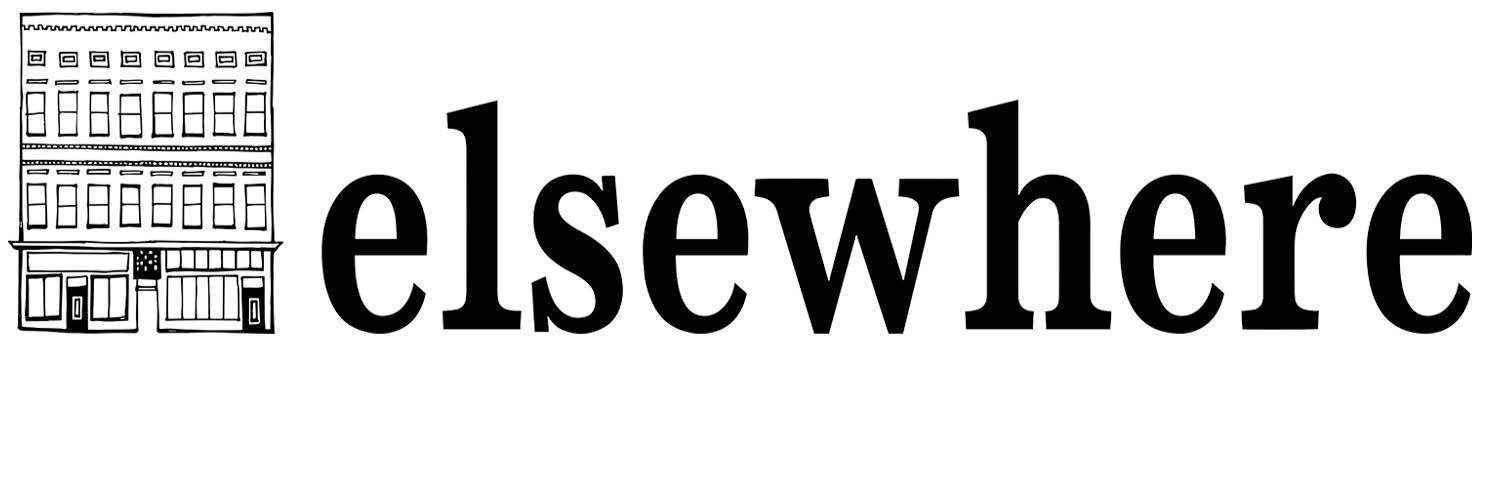Confessatorium | Amber PB
Amber Phelps Bondaroff, Calgary, Alberta, Canada
Confessatorium, 2008, Installation
From Amber, February 2020:
“The Confessatorium was constructed in 2008, near the end of a six-week residency at Elsewhere (a museum and artist residency set in a 3-floor, former, thrift store in Greensboro North Carolina. A space that builds collaborative futures, with people and things.)
For the majority of my time at Elsewhere, I was focused on the development of a large-scale, performance piece called Supermission, that re-imagined the entire first floor as an interactive playground, inspired by Foucault’s notion of a heterotopia (a space within a space, a world within a world, that mirrors while also upsetting what is outside/what it is within.)
The experience of being at Elsewhere was transformative. An immersive creative world, where I was given space and permission to explore my creative impulses, while also engaging in critical and intellectual thought, all steeped in a strong brew of serious play.
I extended my stay at Elsewhere by one week, in order to mentally and physically debrief after the Supermission performance ended. It is during this time, that the Confessatorium was born. I can’t recall exactly what prompted its inception, but I do recall the feeling of overwhelm, after spending such an intensive period of time engaging with a large-scale piece that was deeply collaborative and also asked the visiting public to engage and play along with me. As a deeply introverted person, with a penchant for exhibitionism, I feel that what I really needed, was a rest; a place of solitude, away from the hustle and bustle of energy that was Elsewhere - a shared space that was buzzing with as many as twenty or more resident artists, staff, interns and directors, not to mention the numerous visitors from the outside world.
The Confessatorium was born out of a deep desire for solitude and quiet while living amidst the ever-changing and sometimes chaotic social environment of a collectively run artist residency and public museum space. There was also, the underlying yearning for deeper connections to internal processes of self-reflection. When I was a child, this yearning was, perhaps misguided to a strange fascination with Catholic confessional booths. Raised as a secular Jew, this was a tradition that I had no access to. In retrospect, I don’t think what I was craving was the judgement of a priest from the confines of a small dark box, or to be given any number of hail-Mary’s, but perhaps for the caring guidance of a therapist or the quiet space that meditation has provided for me in my adulthood.
I spent my last week at Elsewhere, in the summer of 2008, clearing out an old cupboard that was filled with sports equipment. It was just big enough to house one, antique, velvet-upholstered theatre chair, and a small shelf to hold a note-book and pen. I lined the walls with fabric from Elsewhere’s collection and included an old answering machine (the kind that records onto a tiny cassette tape) mounted on the wall. I made a curtain to cover all but the confessor’s feet when inside the booth, and hung up a sign on the outside. Thus, the Confessatorium was born. I left Elsewhere shortly after completing its construction and left instructions with a staff member to replace the notebook and pen when needed.
This was all nearly 13 years ago. I had no idea that the Confessatorium was still around (Elsewhere being such a transforming space) until I received communication from Kinari Council, a current resident at Elsewhere, that the piece was very much still alive and well, and being used regularly by visitors and residents to Elsewhere. Kinari read a collection of written confessions, from behind the curtain of the Confessatorium for an all-night fundraising event over zoom. He shared sometimes tender, heartbreaking, funny and puzzling confessions with a metered and caring cadence. Kinari took this project further, in creating the Covid Confessatorium, an online space for people to share confessions, thoughts, dreams and musings, anonymously, online. I am overjoyed that this piece is still finding an audience, and hope that it has provided some solace for those who have sat behind the curtain in that velvet upholstered chair, over the years.”
See also 2021 Kinari Council’s COVID Confessatorium.







